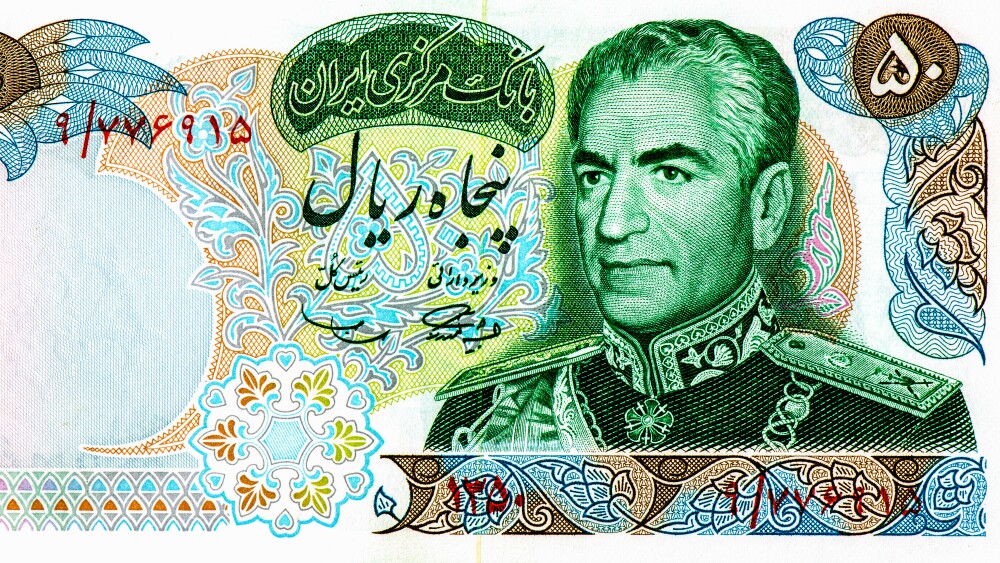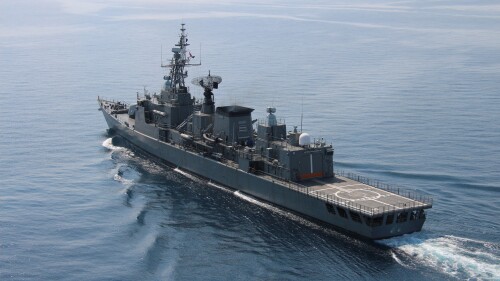Today, July 27, marks 45 years since the death of Mohammad Reza Pahlavi, the last shah of Iran who ruled for nearly four decades before the 1979 Islamic Revolution toppled him. He died in exile in Cairo, after a battle with cancer, deserted by most of his former allies, including the United States. Only Egypt’s President Anwar Sadat stood by him, offering the ailing shah sanctuary and a dignified burial far from home.
And yet, more than four decades later, the shah’s legacy refuses to fade. He remains central to Iran’s political debate today, revered by many, especially young Iranians, not only as a former monarch, but also as a symbol of a lost Iran: modern, stable, and globally connected. In a country where the ruling regime has spent 45 years vilifying the Pahlavis, the resurgence of affection for the shah is not nostalgia. It is defiance.
During his reign, Mohammad Reza Pahlavi transformed Iran from a largely rural society into a regional powerhouse.
During his reign, Mohammad Reza Pahlavi transformed Iran from a largely rural society into a regional powerhouse. National income soared. Urbanization spread. Women entered universities and the workforce in record numbers. By the late 1970s, Iran boasted one of the world’s most formidable militaries and a dynamic, oil-driven economy. Tehran was a thriving capital, where European diplomats, American technicians, and Iranian intellectuals mingled freely.
The revolution that ended the monarchy promised justice and independence. Instead, it delivered decades of authoritarian rule, ideological repression, and international isolation. For many born after 1979, “Zamaneh Shah,” the shah’s era, represents not monarchy but modernity.
In 2022, following the death of 22-year-old Mahsa Amini in the custody of Iran’s morality police, protests erupted across the country. Amid the chants for freedom and justice, one slogan stood out: “Iran without a king is in chaos.” It was not a call to restore monarchy so much as it was an indictment of the Islamic Republic and a declaration that the system that replaced the shah has failed. Iran’s Generation Z is increasingly disillusioned with the regime’s ideology. Raised on state propaganda, they have turned instead to satellite television, online archives, and social media to reconstruct their history and their identity. What they found upended the state narrative.
In the 1980s and 1990s, many Iranian families found ways to access forbidden content—VHS tapes of pre-revolutionary films, concerts, and TV shows. I still remember “Mr. Filmi,” who would visit our home each week with a Samsonite bag full of illicit tapes. On one side: old Iranian movies and pop music from the shah’s era. On the other: Hollywood films. These images offered us a glimpse of a very different Iran: cosmopolitan, confident, and free. That informal education shaped an entire generation’s view of what Iran once was and what it might be again.
In 2011, Iranians smuggled out a trove of pre-revolutionary Iranian television footage and put it online. Channels like Manoto TV in London repackaged the content into documentaries, reframing the Pahlavi era as a time of growth, not tyranny. Since then, footage of the shah, the royal family, and 1970s-era Iran has gone viral, especially among Iranian youth on TikTok and Instagram.
The past has returned, and it is politically subversive.
The shah’s legacy is not his alone. Empress Farah Pahlavi, now living in exile between Paris and Washington, has played a pivotal role in preserving the memory of pre-revolutionary Iran. Crowned in 1967, Queen Farah was the first woman in the Muslim world to serve as a crowned sovereign. A trained architect, she championed cultural heritage, founded museums, and promoted literacy, education, and health care across the country. As regent-designate, she stood ready to lead in the event of the shah’s death, an unprecedented role for a woman in Iranian history. Empress Farah remains a beloved figure for many Iranians, especially women who view her as a reminder of what was once possible.
Perhaps nowhere is the contrast between the shah’s Iran and the Islamic Republic starker than in their relationship with Israel.
Perhaps nowhere is the contrast between the shah’s Iran and the Islamic Republic starker than in their relationship with Israel. Under the shah, Iran and Israel were strategic partners, cooperating in intelligence, military, and trade. Alongside the United States, they formed a powerful axis of secular, pro-Western governance in the Middle East.
The Islamic Revolution severed that partnership, replacing it with cries of “Death to America” and anti-Zionism. Today, Iran’s regime is entangled in confrontation with Israel and fuels proxy wars in Gaza, Lebanon, and Yemen. While the Islamic Republic claims to defend the Palestinian cause, millions of Iranians see only economic hardship and isolation. Against this backdrop, many young Iranians look back with curiosity—and even longing—at the days when Tehran and Jerusalem cooperated. What if Iran had stayed on that course? What if it had continued toward global integration, rather than ideological warfare? The fact that Iranians ask such questions publicly is revolutionary.
Mohammad Reza Pahlavi died decades ago, but what he represents remains a growing force in Iran’s political imagination. Iranians crave what the shah sought: a modern and globally engaged Iran. For many, especially in the diaspora and among younger generations at home, the shah is not just a figure of the past but, rather, a mirror of a different future.




